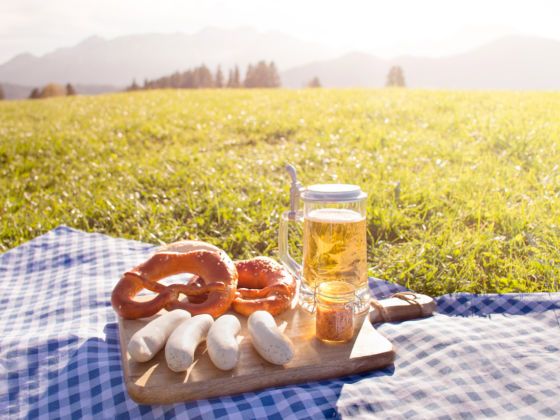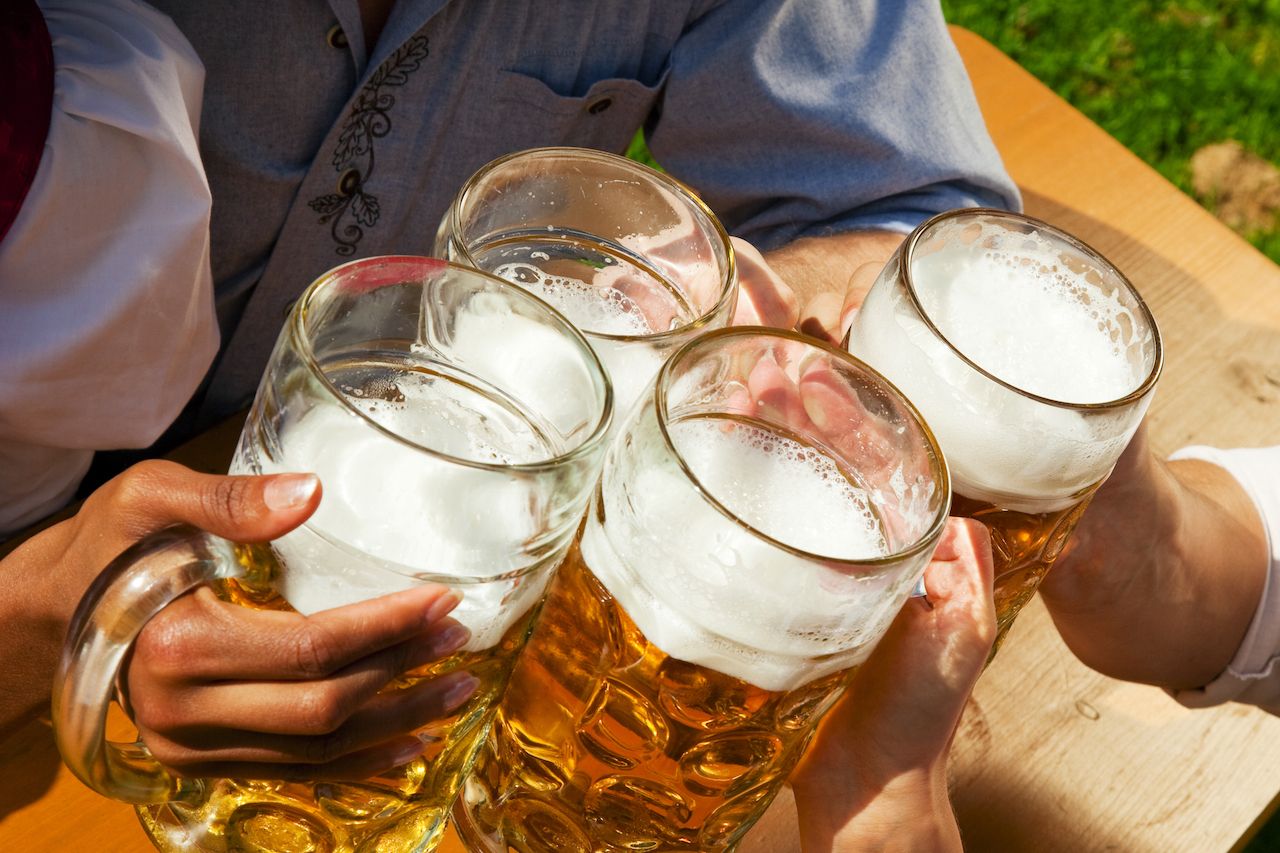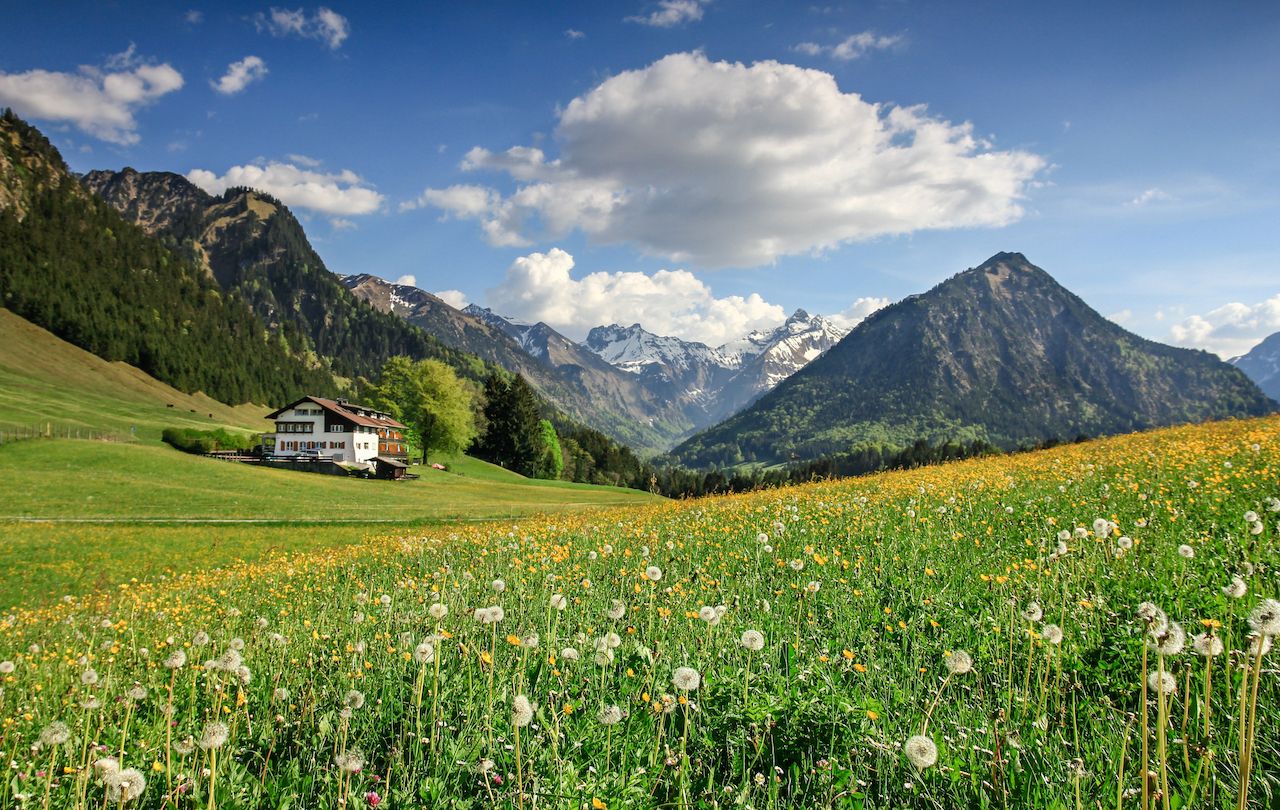Crystal clear lakes, dense pine forests, storybook villages, and weißwurst sizzling on the grill — welcome to Bavaria’s Gourmet Trail. As the name suggests, this route is largely devoted to local eats inspired by southern Germany’s long-standing tradition of hospitality and indulgent cuisine.
The beauty of Bavaria is that it has plenty to offer year-round. Spring and summer are ideal for hiking, exploring the alpine trails, and swimming in the Isar River’s refreshing waters. Winter is the definition of comfort for anyone who loves to cozy up with a glass of glühwein (mulled wine) at a family-run inn. Regardless of the season, you’ll be able to go on a culinary adventure, sampling cheese, wine, sausage, pretzels, and desserts. For anyone who appreciates good food and fine beer and wine, Bavaria will very likely be the trip of a lifetime.





